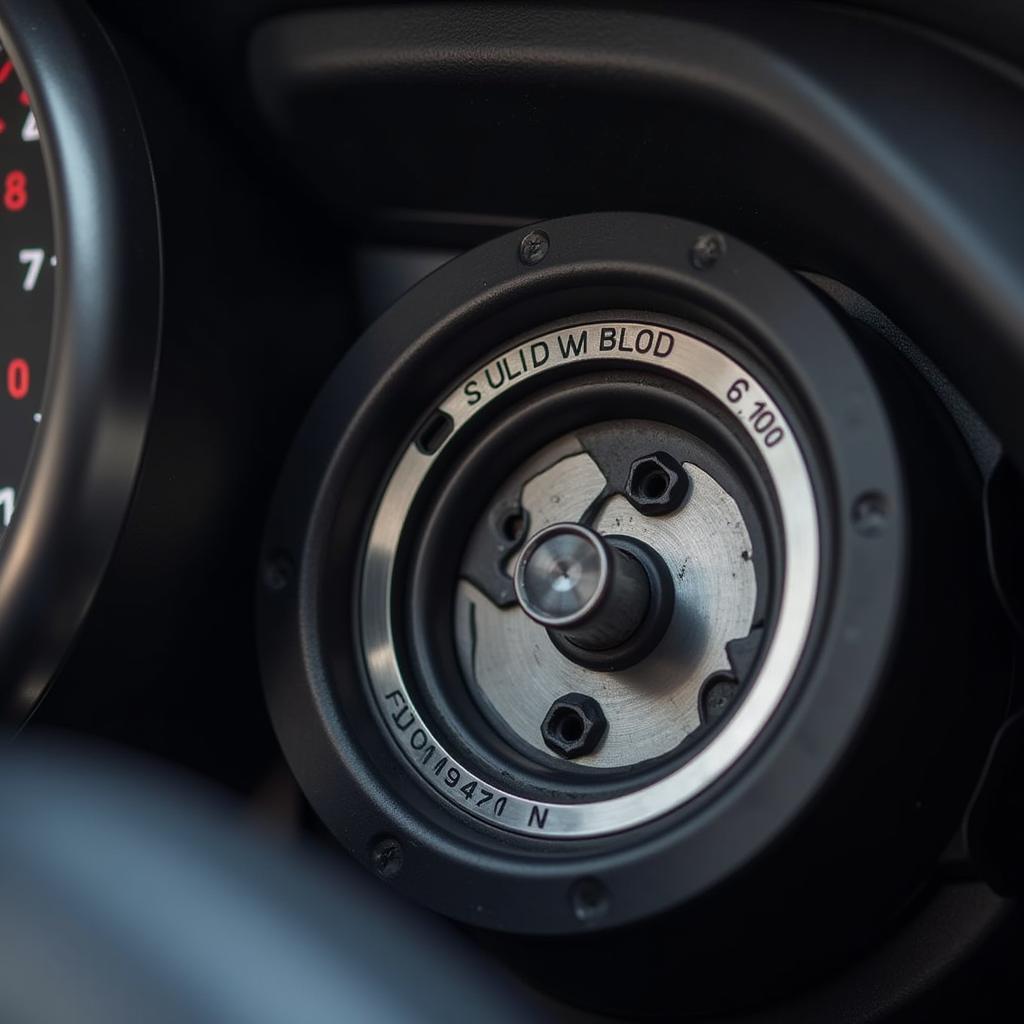The appearance of a warning light on your Seat Leon’s dashboard can be a nerve-wracking experience. While some warning lights are simply reminders for routine maintenance, others indicate a potentially serious issue that requires immediate attention. This comprehensive guide will help you decipher those dashboard warnings, understand their urgency, and guide you towards the right solutions.
Decoding Your Seat Leon Dashboard Warning Lights
Your Seat Leon’s dashboard is equipped with a variety of warning lights, each designed to alert you to a specific system status or potential problem. Recognizing these symbols and their meanings is crucial to keeping your vehicle running smoothly and safely.
Here’s a breakdown of common Seat Leon dashboard warning lights:
-
** Brake System Warning (Red):** This light typically signals low brake fluid, a serious issue that can significantly impact your ability to stop the vehicle. Have your brake system inspected by a professional immediately.
-
** Engine Warning (Yellow/Amber):** This light indicates a potential problem with your engine or emissions system. While not always an emergency, it’s crucial to have this checked as soon as possible to prevent further damage.
-
** Battery Charge Warning (Red):** This light indicates a problem with your car’s charging system. This could be due to a faulty alternator, a loose battery connection, or a dying battery.
-
** Tire Pressure Monitoring System (TPMS) Warning (Yellow/Orange):** This light means at least one tire is significantly underinflated. Check and inflate your tires to the recommended pressure as soon as possible.
-
** Airbag Warning (Red/Amber):** Indicates a problem with the airbag system and that the airbags may not deploy in an accident. Seek professional help immediately to diagnose and address the issue.
Common Causes of Seat Leon Dashboard Warning Lights
While the warning lights themselves provide a good starting point, understanding the common causes can give you a better grasp of the issue:
- Brake System Warning: Low brake fluid level (often due to leaks), worn brake pads, or a malfunctioning brake sensor.
- Engine Warning: A faulty oxygen sensor, a loose gas cap, a malfunctioning catalytic converter, or a spark plug issue.
- Battery Charge Warning: A failing alternator, a loose or corroded battery terminal, or an aging battery that needs replacement.
- TPMS Warning: Underinflated tires, a puncture, a faulty TPMS sensor, or a TPMS sensor battery nearing the end of its lifespan.
- Airbag Warning: A faulty airbag sensor, damaged wiring in the airbag system, or a deactivated airbag system.
What to Do When a Warning Light Turns On
- Red Warning Lights: Signal a potentially serious problem that requires immediate attention. Safely pull over when possible and consult your vehicle’s owner’s manual for specific instructions.
- Amber/Yellow Warning Lights: Indicate an issue that requires attention but may not be immediately critical. It’s best to schedule an inspection with a qualified mechanic at your earliest convenience.
The Role of Remote Diagnostics
In today’s technologically advanced world, remote diagnostics and software installations are revolutionizing the way we address car problems.
Here’s how remote diagnostics can help with your Seat Leon:
- Quick and Accurate Diagnosis: Specialized software can interface with your Seat Leon’s onboard computer, retrieving fault codes and providing a precise diagnosis of the issue.
- Remote Software Updates and Programming: Many software-related issues can be resolved remotely, eliminating the need for a trip to the mechanic. This includes updating control modules, resetting warning lights after repairs, and installing the latest software versions for optimal performance.
Preventing Future Dashboard Warnings
While not all warning lights are preventable, regular vehicle maintenance can significantly minimize their occurrence.
- Adhere to Service Schedules: Follow your Seat Leon’s recommended service intervals as outlined in your owner’s manual.
- Regular Inspections: Routinely check your tire pressure, fluid levels (brake fluid, coolant, oil), and battery connections.
- Address Warning Lights Promptly: Don’t ignore any warning lights, even if they seem intermittent. Addressing issues early can prevent more serious problems down the road.
Expert Insight
“With the increasing complexity of modern vehicles, remote diagnostics and software solutions are no longer a luxury but a necessity. These technologies provide quicker, more efficient, and often more cost-effective solutions to many car problems.” – [Name of a fictional automotive expert], Automotive Engineer and Diagnostics Specialist
Conclusion
Understanding your Seat Leon’s dashboard warning lights is crucial to ensure your safety and the longevity of your vehicle. By being proactive with your car’s maintenance, utilizing the power of remote diagnostics, and seeking professional help when needed, you can confidently navigate any warning light situation and keep your Seat Leon running smoothly.
FAQs about Seat Leon Dashboard Warning Lights
1. Can I continue driving my Seat Leon if the engine warning light is on?
While you may be able to drive for a short distance, it’s strongly advised to have your vehicle inspected as soon as possible.
2. Why is my TPMS light still on after I filled my tires?
You may have a faulty TPMS sensor, or the system might need to be reset. Consult your owner’s manual or a mechanic for assistance.
3. Can a low battery cause other warning lights to come on?
Yes, a weak battery can sometimes cause multiple warning lights to illuminate, even if they are unrelated to the battery itself.
4. Is it safe to reset the airbag warning light myself?
It’s not recommended to attempt resetting the airbag light without proper knowledge and equipment. An incorrect reset could lead to the airbag not deploying in an accident.
5. How often should I have my Seat Leon serviced?
Refer to your owner’s manual for the recommended service intervals for your specific model. Generally, a major service is recommended annually or every 10,000-15,000 miles.

